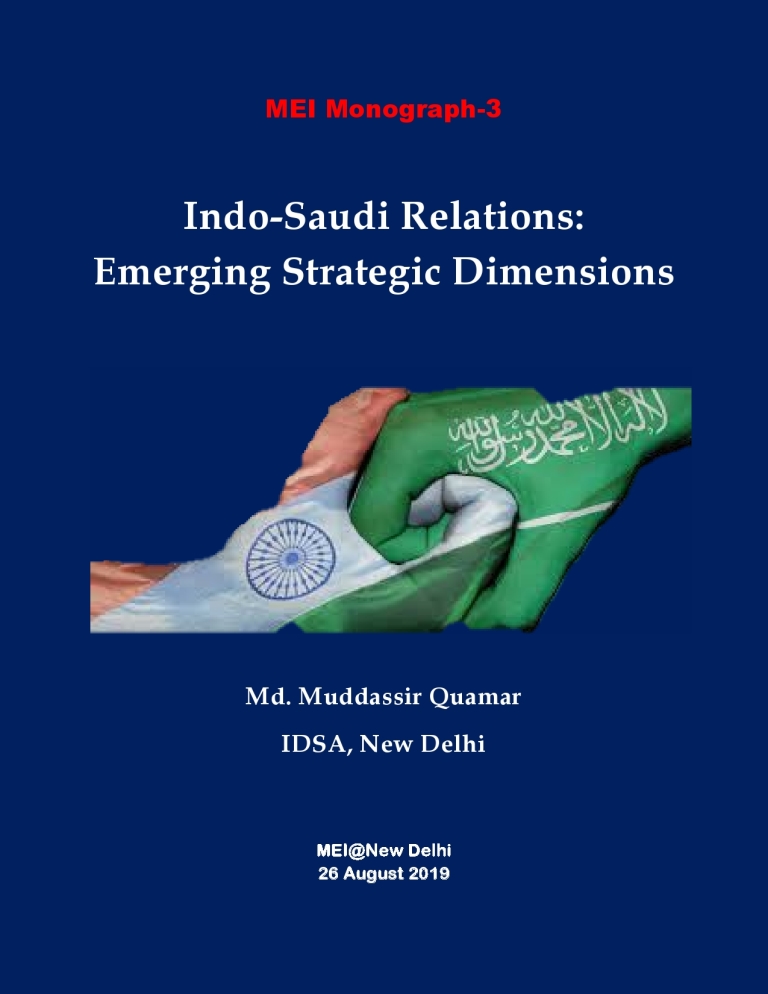Breaking
- MENU
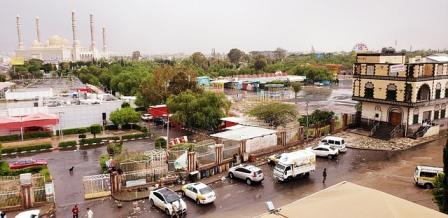
On January 17, 2022, the United Arab Emirates (UAE) was rocked by two attacks after drone attacks targeted an oil storage plant of Abu Dhabi National Oil Company (ADNOC) in Mussaffah 20 kilometres southwest of Abu Dhabi and an under construction area inside Abu Dhabi International Airport. The attacks were allegedly launched by the Houthi rebels in Yemen. According to UAE security agencies, the two attacks were of low intensity wherein small projectiles had been used to target the civilian infrastructures. In the case of the ADNOC oil facility, the explosion and fire caused by the attack led to three deaths, including two Indians and a Pakistani, and six injuries who were later identified as ADNOC employees. In the case of the Airport, the attack caused a “small fire” that was quickly brought under control, but led to some disruptions in air traffic which was restored quickly. The attacks come close on the heels of Houthis hijacking a UAE-flagged ship carrying medical aid off the coast of Yemen on January 2 alleging that the ship was carrying arms.
The pattern of the attacks indicate the Houthi modus operandi that they have employed against Saudi Arabia over the past few years. The Houthis, formally known as Ansar Allah, are fighting to take control of Yemen from the government of Abd Rabbuh Mansur Hadi, and are backed by Iran that has provided them with training and arms making them a potent fighting group. The Hadi-government is backed by Saudi Arabia which in March 2015 led an Arab coalition military intervention to restore the government and force a political solution on the Yemeni groups fighting for control of the country in the wake of events emerging from Arab Spring protests. The UAE, a regional ally of Saudi Arabia and a coalition partner in the Yemen conflict, has since 2019 gradually scaled down its military involvement but remains a major external actor backing the Southern Transition Council (STC), a secessionist group that aspires for the restoration of South Yemen. The STC in recent years have become dominant in the southwest, and are in effective control of Aden.
The latest escalation by the Houthis is part of their strategy to increase the cost of war on regional actors and gain international attention. Earlier, the attacks were largely confined to maritime domain and civilian infrastructure in Saudi Arabia, mostly in the bordering areas in Najran and Jizan, but occasionally also in far-off locations in Riyadh and oil-rich Eastern Province. This has, however, not deterred Saudi Arabia in its military operations in Yemen keeping the Houthis away from gaining control of North Yemen including important cities and areas such as Marib, an oil-rich province in central Yemen. The Saudi-led coalition has also put Houthi-controlled capital Sana’a and the port city of Hodeida under siege, making it difficult for the rebels to have contacts with the outside world. The attacks on the UAE are apparently in response to the UAE’s involvement in defending Marib which the Houthis were closing during the past weeks.
There are three issues that the attacks on the UAE signify. Firstly, the Houthis want to increase the cost of war, both financial and strategic, for the UAE as they have done for Saudi Arabia. For the UAE, the attacks not only underline the vulnerability of their homeland but will force them to invest in defensive capacity, because such attacks, if allowed to continue, will damage the safe and secure business-friendly image of the UAE. From a strategic point of view it shows that the UAE far away from Yemen cannot remain safe from the Houthi attacks. Although, the distance and apparent crudeness of the weapons used, raises the question as to whether the attacks were launched from Yemen or other allies of Iran in Iraq were involved or international waters in the Persian Gulf were used to launch the attacks.
Secondly, the attacks belies the ongoing geopolitical developments in the region. There have been some talks over the past months among regional rivals including between Iran and UAE, Iran and Saudi Arabia, as well as UAE and Turkey and Saudi Arabia and Turkey. With the Houthis seizing a UAE-flagged ship and launching attacks on the civilian and financial infrastructure since the beginning of 2022, there is a possibility that it can derail the ongoing efforts toward reducing regional tensions. It further raises questions on Iranian intentions, who are the main backers of the Houthis, and militias in Iraq, Syria and Lebanon. The Ebrahim Raisi government in Tehran has been forthcoming in expressing the intentions to reduce regional tensions. But the latest attacks suggest that either Iran is losing control on Houthis or is employing a two-pronged strategy of raising the pitch for talks and at the same time increasing the strategic cost on its regional isolation as a pressure tactic to secure a deal on its nuclear program in the ongoing talks in Vienna.
Thirdly, the attacks shows that the war in Yemen has entered a new stage wherein the Houthis want to widen it to a regional conflict to gain international attention. This is indeed a dangerous tactic because it can compromise regional security which will have wider international implications both in terms of the global oil supplies and the international cargo passing through the Bab al-Mandab. Hence, the Houthi tactics can lead to intensification of the Saudi-led coalition attacks on Houthi strongholds. With the UAE now under direct attack, it can scale up its military involvement in Yemen further intensifying the conflict.
The drone attacks on the UAE is a serious escalation in the ongoing conflict in Yemen. Thus far, the Houthi rebels had only targeted ships and boats off the coast of UAE and Oman and critical infrastructure inside Saudi Arabia. By mounting attacks inside the UAE, the Houthis want to increase the cost of war for the UAE, and bring international attention to the conflict in Yemen. The risk is that it will widen the Yemen war to a regional conflict with huge costs not only for the regional actors but also for the international community.
Note: This article was originally published in Financial Express on 19 January 2022 and has been reproduced with the permission of the author. Web Link
As part of its editorial policy, the MEI@ND standardizes spelling and date formats to make the text uniformly accessible and stylistically consistent. The views expressed here are those of the author and do not necessarily reflect the views/positions of the MEI@ND. Editor, MEI@ND: P R Kumaraswamy
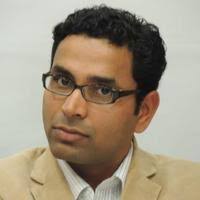
Md. Muddassir Quamar is an Associate Fellow in Manohar Parrikar Institute for Defence Studies and Analyses, New Delhi. He holds a Ph.D. in Middle East studies from Jawaharlal Nehru University and his doctoral thesis focused on social dynamics in Saudi Arabia in the context of the tensions between two seemingly non-harmonious trends; Islamization and modernization. He has a broader interest in Gulf societies, political Islam, Middle East geopolitics and India’s relations with the Middle East. He has co-authored two books India’s Saudi Policy: Bridge to the Gulf (Palgrave Macmillan, 2019) and Persian Gulf 2019: India’s Relations with the Region (Palgrave Macmillan, 2020). He is currently working on a manuscript on education reforms in Saudi Arabia. He has co-edited four anthologies, including Changing Security Paradigm in West Asia: Regional and International Responses (Knowledge World, 2020), Political Violence in MENA (Knowledge World, 2020), Islamic Movements in the Middle East: Ideologies, Practices and Political Participation (Knowledge World, 2019) and Contemporary Persian Gulf: Essays in Honour of Gulshan Dietl, Girijesh Pant and Prakash C. Jain (Knowledge World, 2015). His research papers have appeared in leading international journals such as Asian Affairs, Strategic Analysis, India Quarterly, Contemporary Arab Affairs, Digest of Middle East Studies, Journal of Arabian Studies and Journal of South Asian and Middle Eastern Studies. As part of his project in MP-IDSA, Dr. Quamar authored a monograph on Erdogan’s Turkey: Politics, Populism and Democratisation Dilemmas. Since 2018, he has served as the Book Review Editor for Strategic Analysis, the flagship journal of MP-IDSA published in association with Taylor & Francis. In May 2020, he edited an MEI Monograph Middle East Fights Covid-19: A Fact Sheet with contributions from students pursuing Masters in IR in JNU. He regularly contributes Op-Ed articles on developments in the Persian Gulf, Middle East and India’s relations with the region for Indian and international forums. In 2014-15, he was a Visiting Fellow at the King Faisal Center for Research and Islamic Studies, Riyadh. Dr. Quamar has been associated with the Middle East Institute, New Delhi, in various capacities since its foundation and serves as Associate Editor of its flagship journal, the Contemporary Review of the Middle East published by Sage, India.
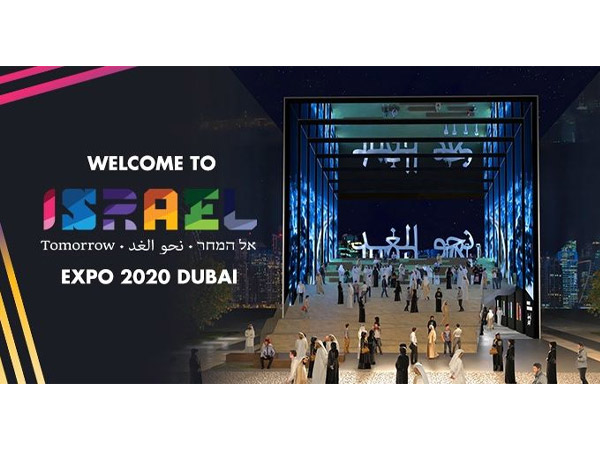
Within a span of just over a year since the announcement of the Abraham Accords, between Israel and .....
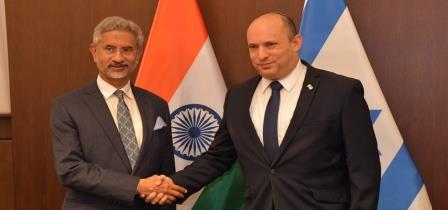
External Affairs Minister S. Jaishankar’s visit to Israel signifies the burgeoning Indo-Israel.....
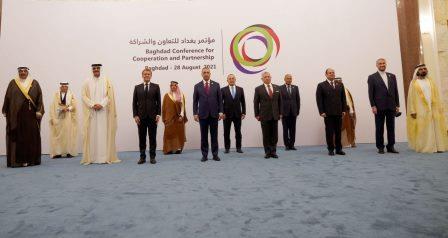
On 28 August 2021, Iraq hosted the first “Baghdad Conference for Cooperation and Partnership&r.....
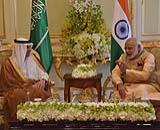
Recent developments in Afghanistan–the US military withdrawal and return of Taliban– has.....
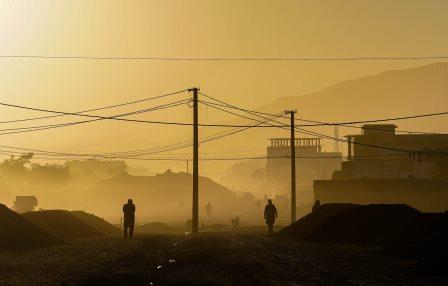
The Taliban takeover of Afghanistan has wider ramifications for the world. Among the key questions t.....
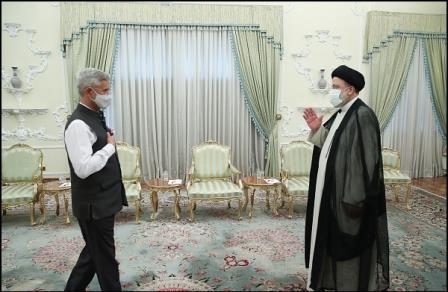
External Affairs Minister S. Jaishankar attended the swearing-in ceremony of the new Iranian preside.....
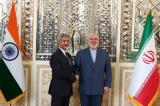
The revitalisation of ties with Iran will remain confined to the immediate issue of shared interests.....
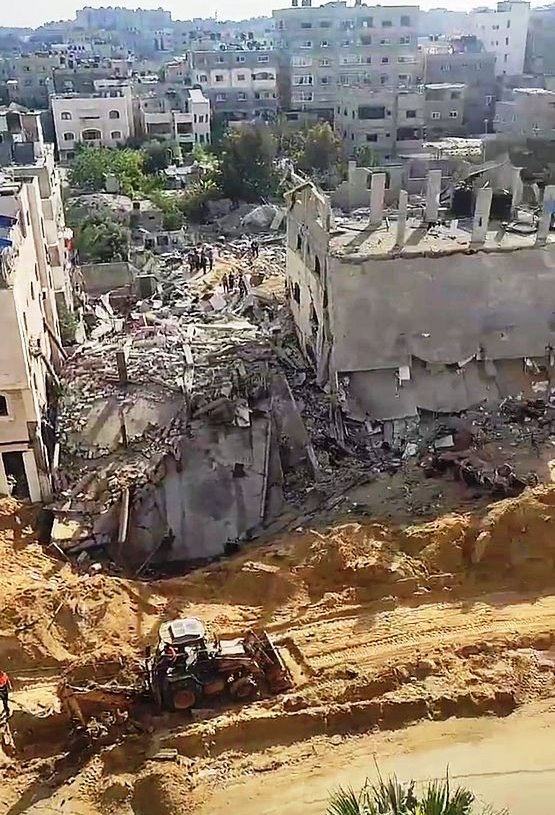
Israel and Hamas have engaged in fighting each other since 2006 when Hamas emerged victorious in the.....
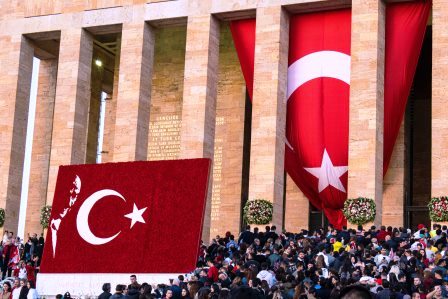
Tensions have gripped the Eastern Mediterranean (East Med) for the past few months owning to differe.....
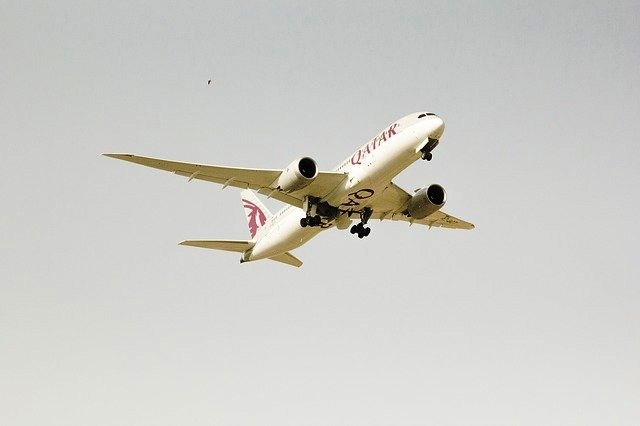
Qatar is an important country in the Gulf with which India has traditionally had strong bilateral ti.....
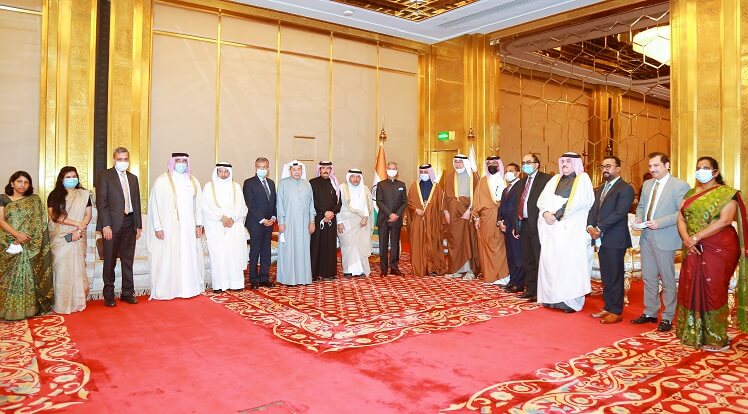
International geopolitical developments and the growing chances of friction between the global power.....
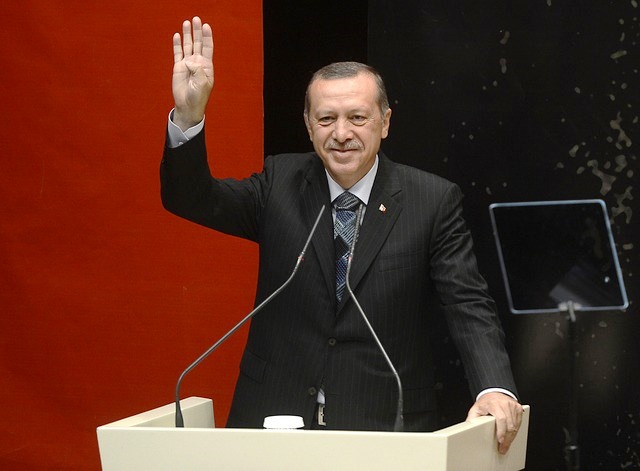
In recent years, Turkey’s foreign policy has attracted scrutiny because of its aggressive post.....
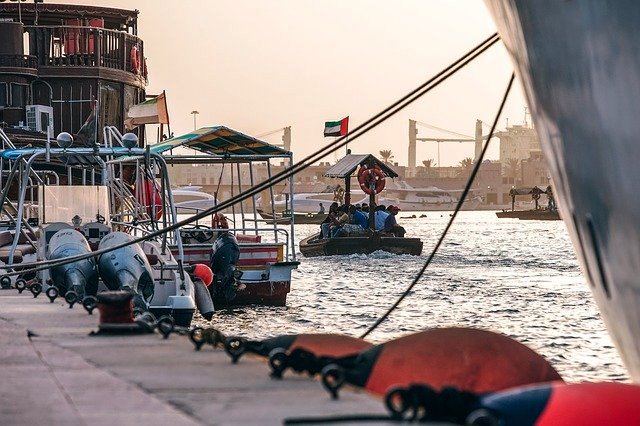
India and the United Arab Emirates share a vision for peace and prosperity. Under the leadership of .....
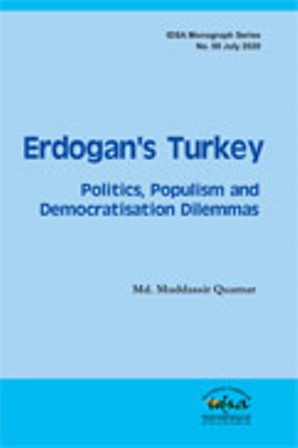
The coming to power of the AKP is one of the defining moments in the history of modern Turkey. Here .....

Though the news of China and Iran entering into US$400 billion agreement and Iran going ahead with C.....
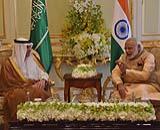
India’s relationship with the Gulf has witnessed a qualitative transformation since the August.....
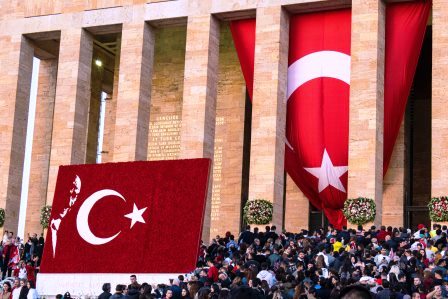
The results of country-wide municipal elections in Turkey held on 31 March 2019 threw a few surprise.....
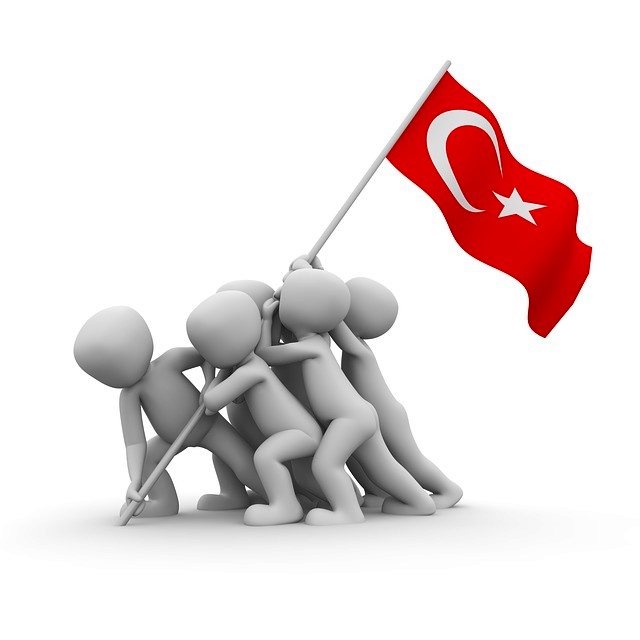
Like other parts of the world, West Asia (or the Middle East) too is hit hard by the spread of COVID.....
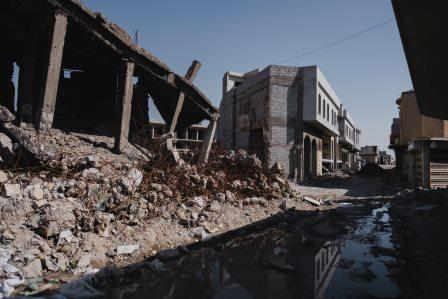
Iraq is suffering from internal divisions and external interventions for long. The problems of the p.....

The West Asia is one of the most volatile and conflict-ridden regions in the world today. Given the .....
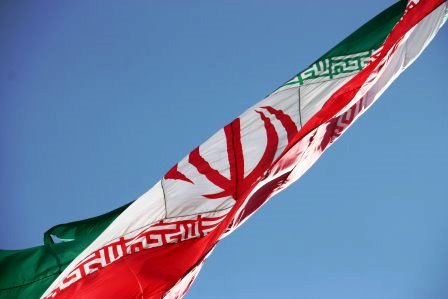
In the Persian Gulf, the New Year began with a bang. On January 3, the world woke up to the news of .....
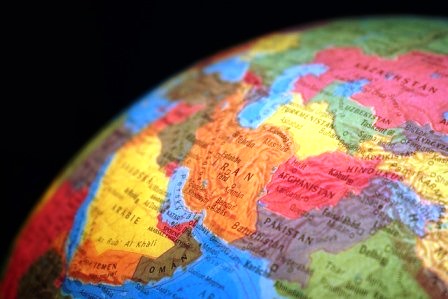
Major General Qassem Soleimani, commander of the elite Quds Force of the Iranian Revolutionary Guard.....
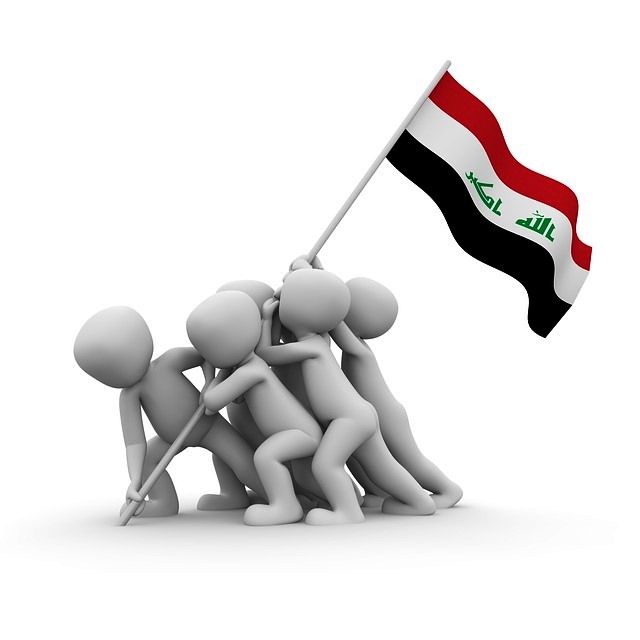
For over two months, youth in Iraq are protesting against corruption, unemployment and Iranian and A.....
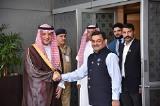
The historic relations between India and the Gulf countries have undergone a qualitative transformat.....
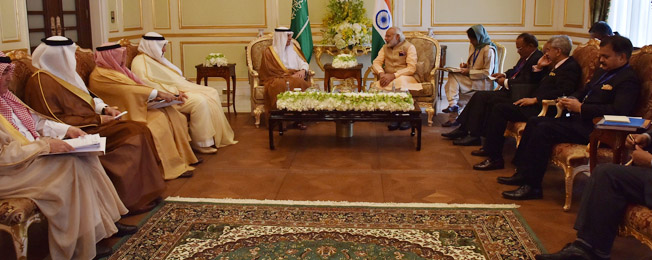
India and Saudi Arabia enjoy traditional friendly ties. Both are strategic partners and are working .....
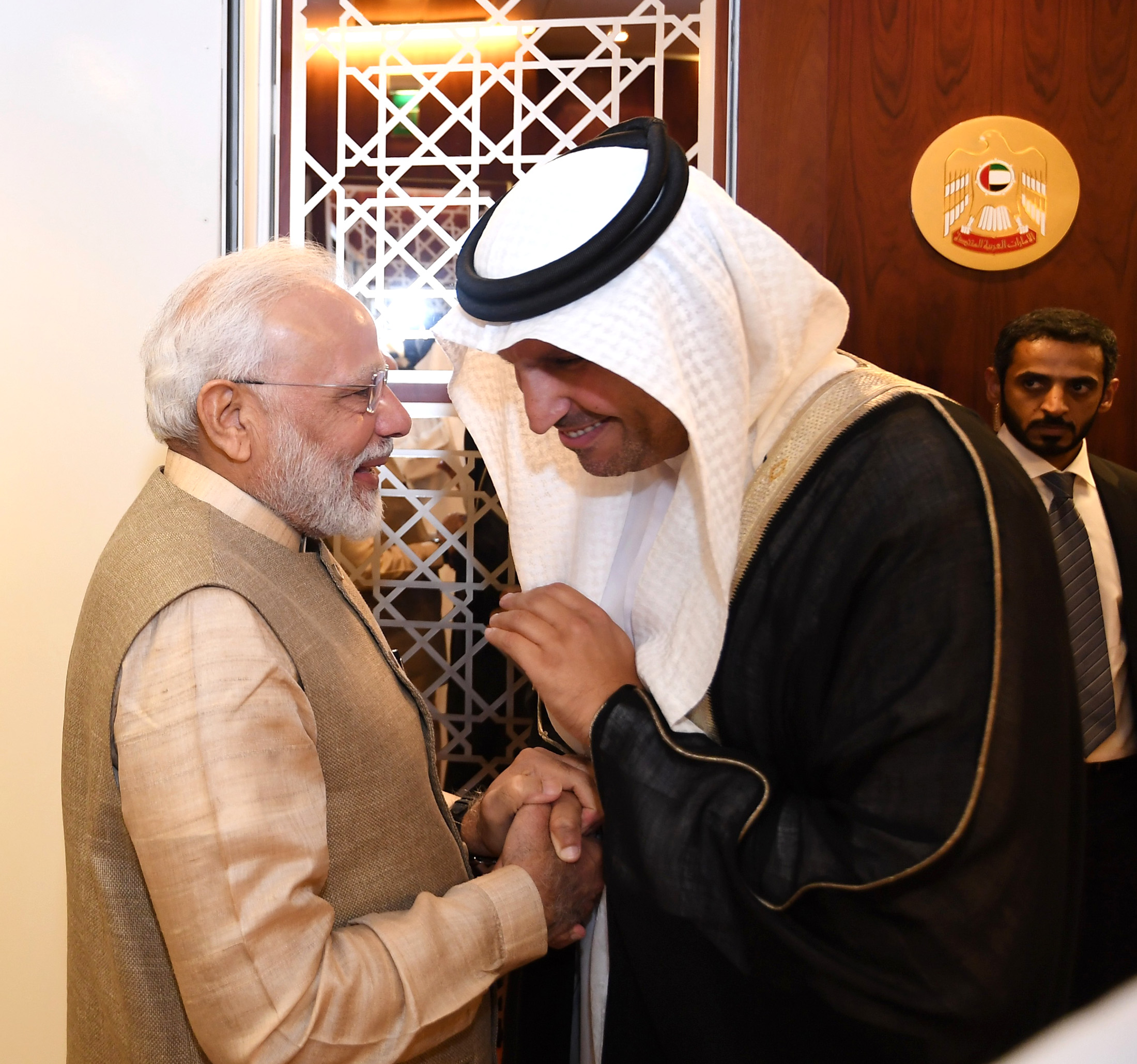
Prime Minister Narendra Modi undertook a visit to the UAE and Bahrain over the weekend. This was his.....
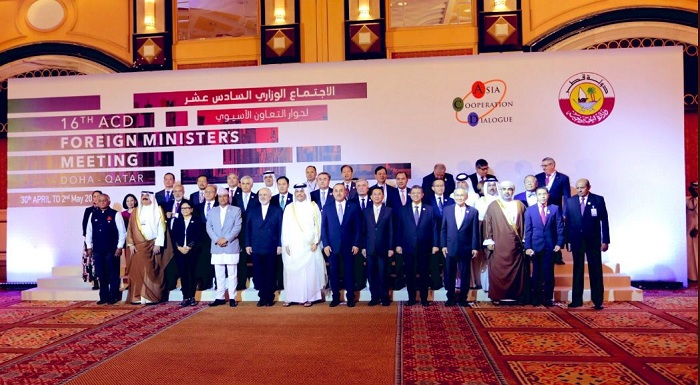
The 16th Ministerial meeting of the Asia Cooperation Dialogue (ACD) took place in Doha this week. Th.....
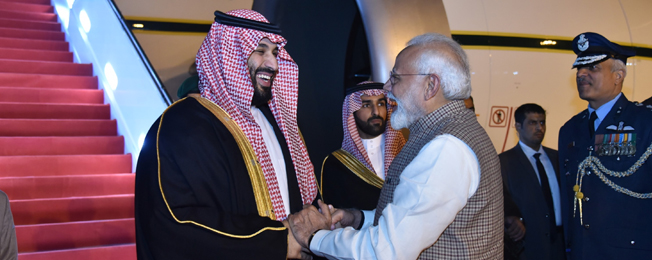
India’s relationship with the Gulf has witnessed a qualitative transformation since the A.....
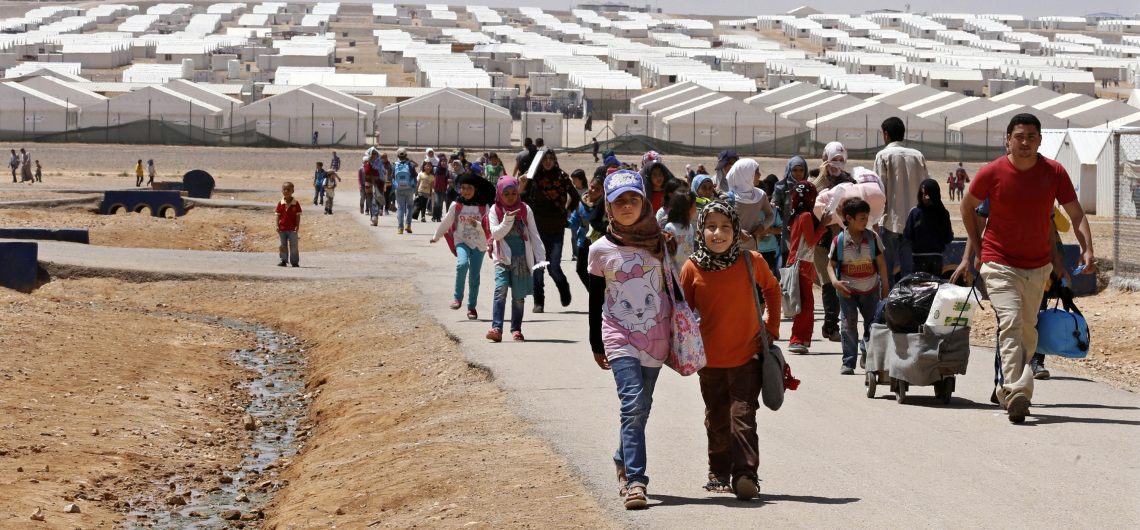
On March 24, 2019, the US-backed Syrian Democratic Forces (SDF) announced the capture of Baghouz, a .....
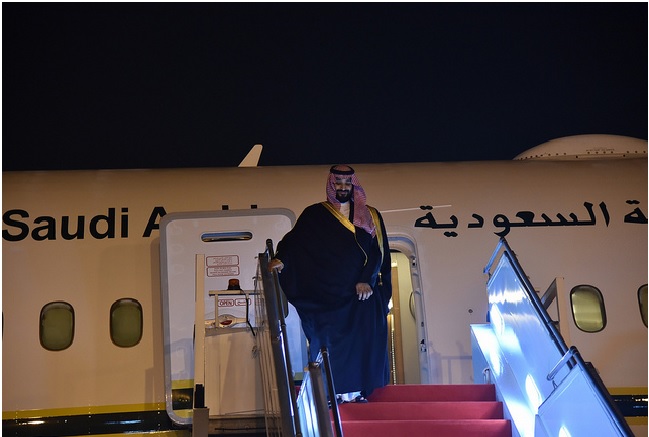
The visit of Saudi Minister of State for Foreign Affairs Adel al-Jubeir to New Delhi; close on the h.....
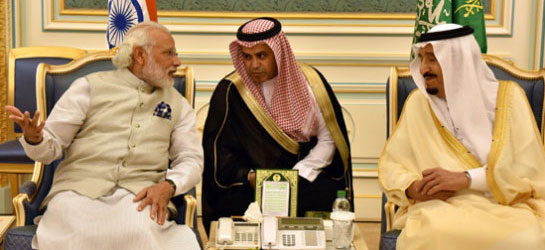
India and Saudi Arabia have increased defence and security cooperation in the fields of combating te.....
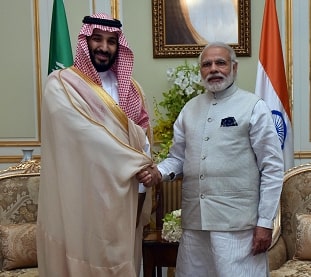
Economic and social reforms have emerged as the focus area in Saudi Arabia under the leadership of K.....
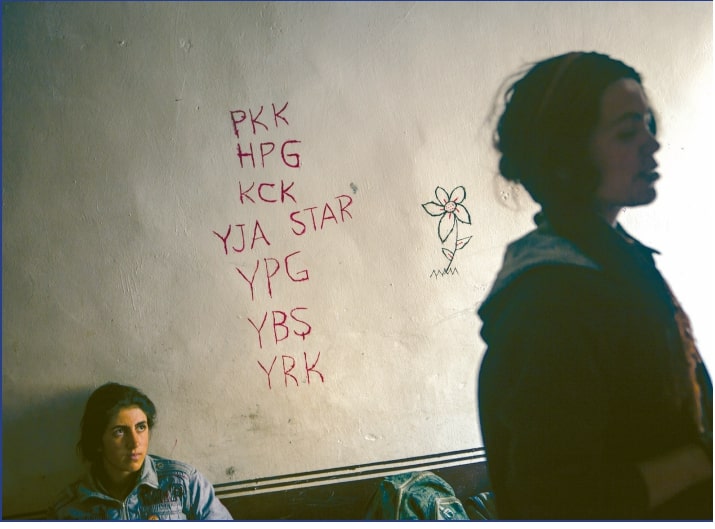
The US and Turkey are back on collision course over the Kurdish question in northern Syria. The late.....
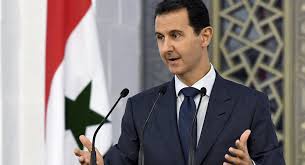
The Civil War in Syria has ravaged the country, took the life of nearly 500,000 people and has force.....

